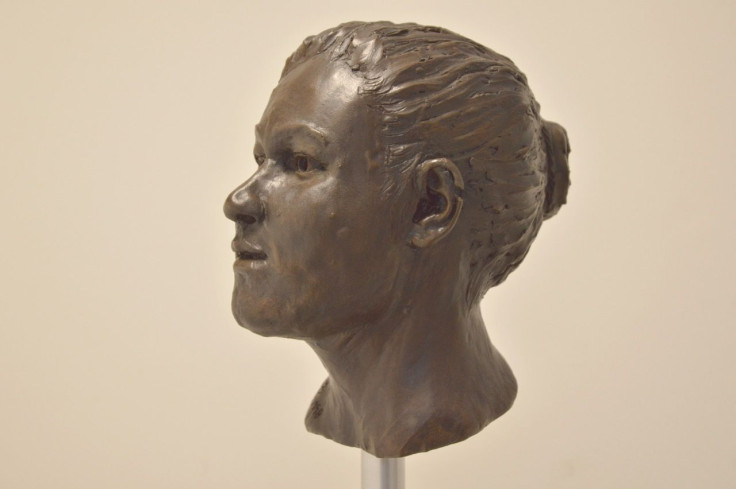Ancient Irish Genome Sequenced By Scientists, Reveals Massive Migration

A team of researchers from Trinity College Dublin and Queen’s University Belfast has sequenced the first genomes from ancient Irish people, providing insights into questions about the origins and culture of the region. Results of the study were published in the journal Proceedings of the National Academy of Sciences of the United States of America.
The researchers sequenced the genome of an early farmer woman who lived near Belfast some 5,200 years ago and the genomes of three men from a later period, around 4,000 years ago in the Bronze Age, after the introduction of metalworking, according to a statement on the Trinity College Dublin website.
“There was a great wave of genome change that swept into Europe from above the Black Sea into Bronze Age Europe and we now know it washed all the way to the shores of its most westerly island,” Professor Dan Bradley of Trinity College Dublin, who led the study, said.
The study revealed that the Neolithic woman farmer's ancestry originated in the Middle East, where agriculture was invented. The woman was similar to modern people from Spain and the Mediterranean island of Sardinia, and had black hair and brown eyes.
In contrast, the three Bronze Age men from Rathlin Island had at least a third of their ancestry from the Pontic Steppe, a region north of the Black Sea now spread across present-day Russia and Ukraine. They had a gene component that is responsible for blue eyes and an important chromosome variant that causes the genetic disease haemochromatosis, which causes the body to retain a higher content of iron than normal.
“It is clear that this project has demonstrated what a powerful tool ancient DNA analysis can provide in answering questions that have long perplexed academics regarding the origins of the Irish,” said Eileen Murphy, senior lecturer at Queen’s University Belfast, who was also involved in the study.
With this study, researchers have found clues to the origins of the Irish people and identified some reasons for certain intriguing genetic traits among them, such as a higher incidence of haemochromatosis and an increased lactose tolerance well into adulthood.
Researchers now hope this study will spur further research on the subject. “This degree of genetic change invites the possibility of other associated changes, perhaps even the introduction of language ancestral to western Celtic tongues,” Professor Bradley said.
© Copyright IBTimes 2024. All rights reserved.











